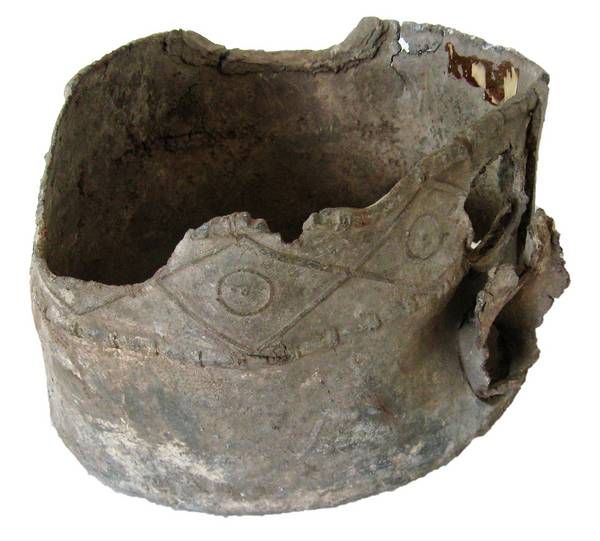


Lead is a highly toxic heavy metal, but it is still cutting-edge in chemical research. It has been used in a variety of ways since ancient times. In this article in Fascination Chemistry, an offer from the GDCh, Stefanie Dehnen and Günther Thiele clarify what the fall of the Roman Empire has to do with this element .
Lead is used to shield high-energy radiation, such as X-rays, and many people have worn a lead apron when taking an X-ray, for example of the head or individual limbs. This protects the rest of the body from the radiation. In the past, lead was also used as a material for water pipes and was contained in gasoline as an anti-knock agent. The ancient Romans, who did not yet know about the poisonous effects of lead, added lead sugar (lead acetate) to their wine to make it sweeter. All of this and more can be found in the lead video from the Periodic Videos series.
Photo: Roman water distribution pot. Photo credit: Lokilech, Museum Leases, Water Distribution Pot, CC BY-SA 3.0
This page has been machine translated. If you have any feedback or comments please feel free to contact us. 
last modified: 25.07.2023 10:59 H from Translator